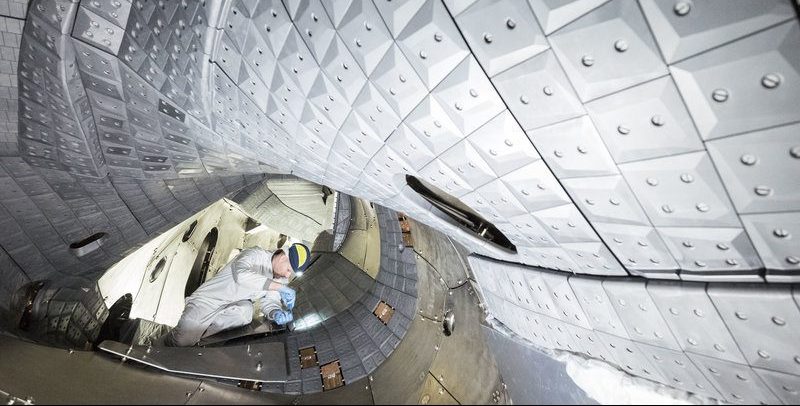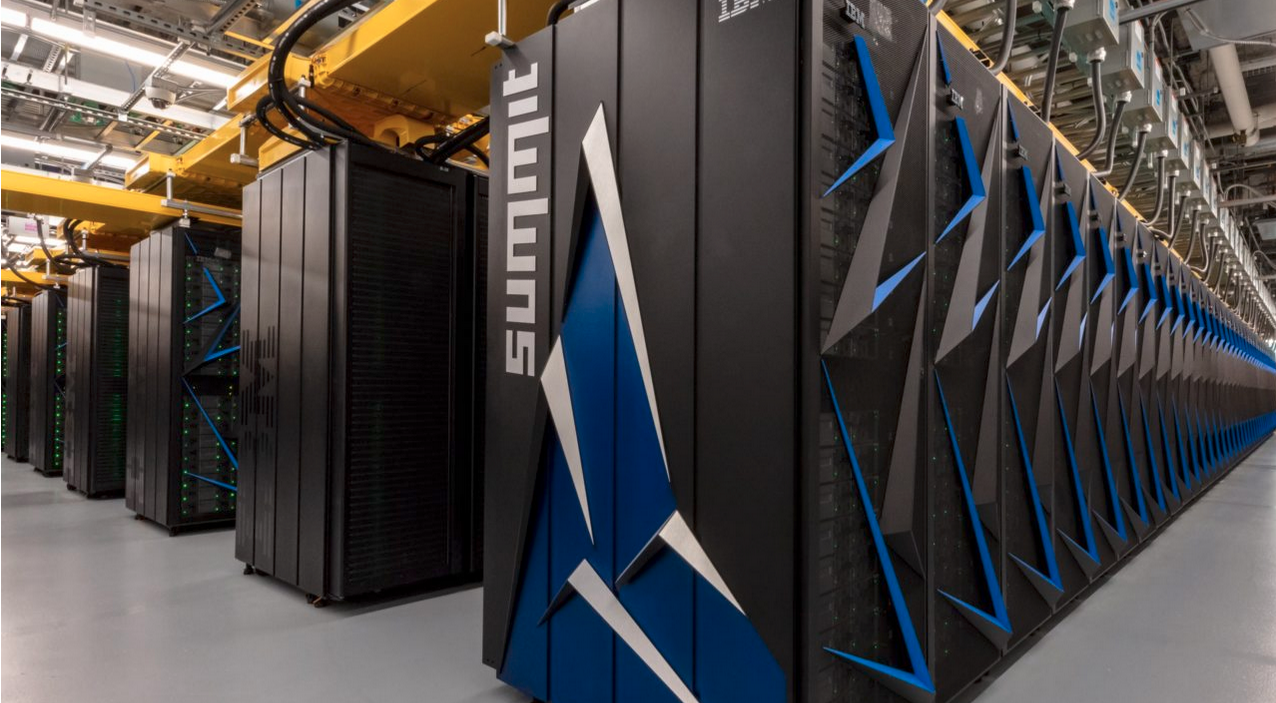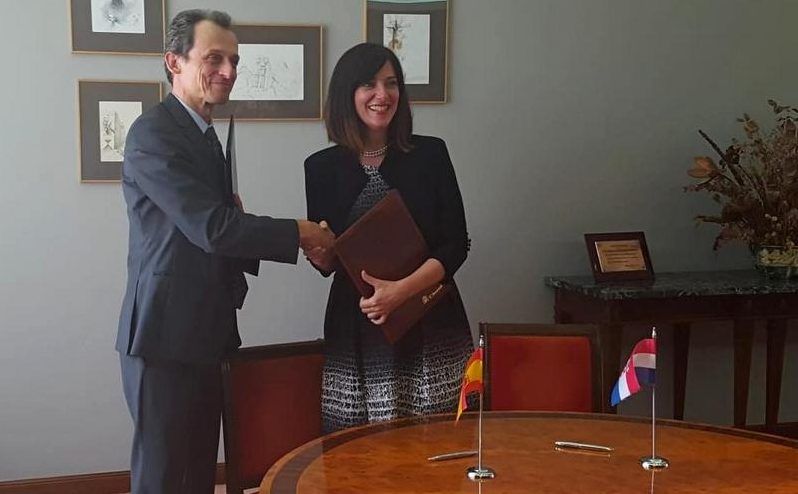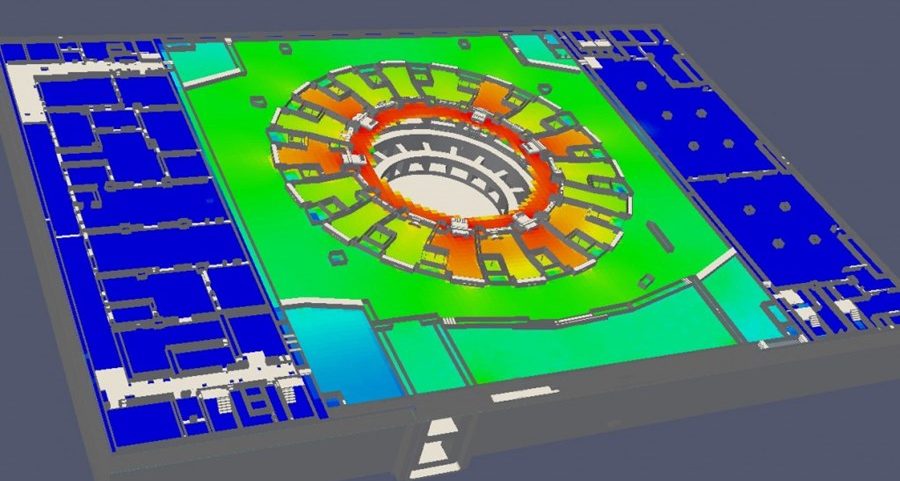
We are delighted to announce that Xavier Sáez from our Fusion Group has been selected as a High Level Support Team (HLST) member by the General Assembly of EUROfusion after a call for candidates that was issued in March. This news reinforces the link between Barcelona Supercomputing Center (BSC) and EUROfusion in the fusion research as an energy source.





 The Divertor Tokamak Test (DTT) Facility will be built in Frascati, Rome, Italy, as has been announced by
The Divertor Tokamak Test (DTT) Facility will be built in Frascati, Rome, Italy, as has been announced by